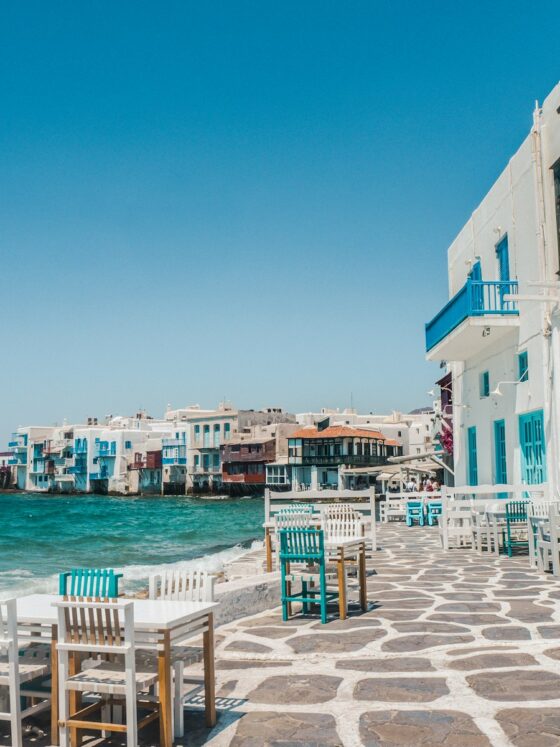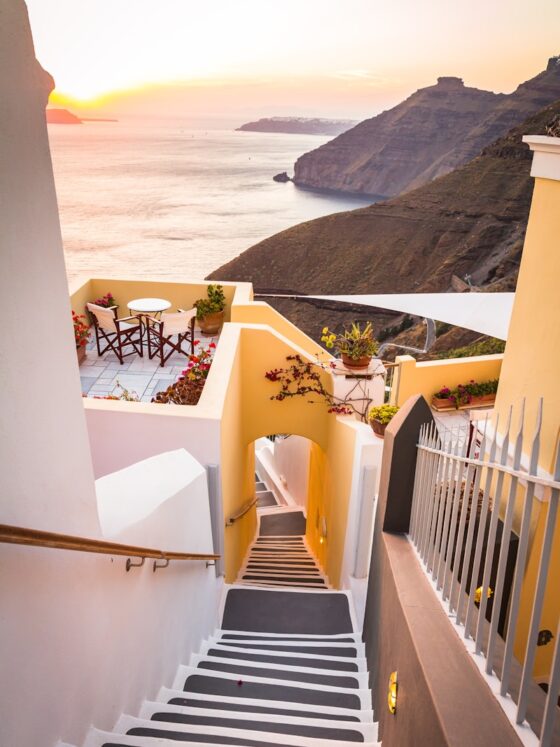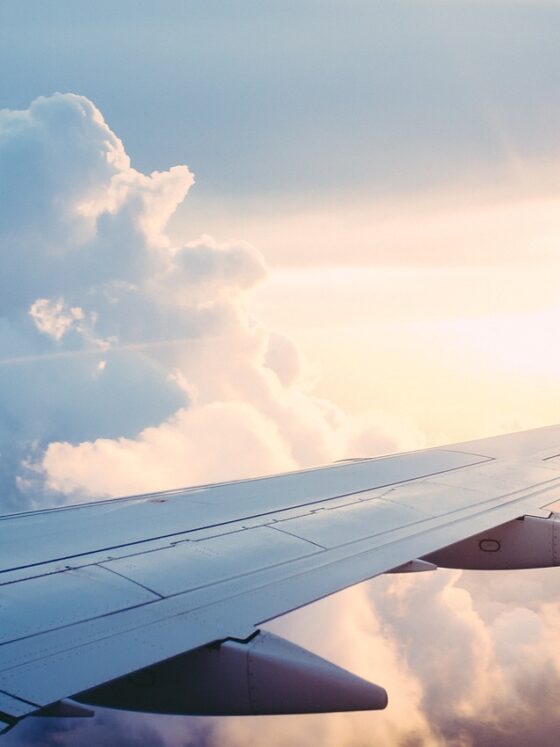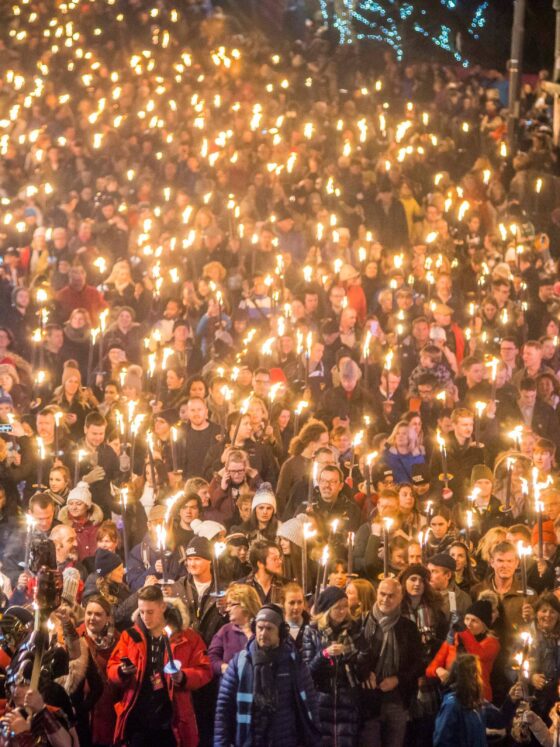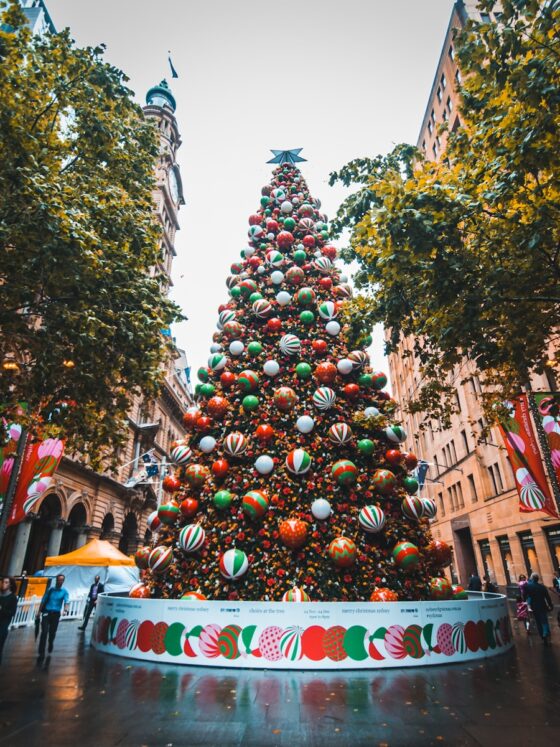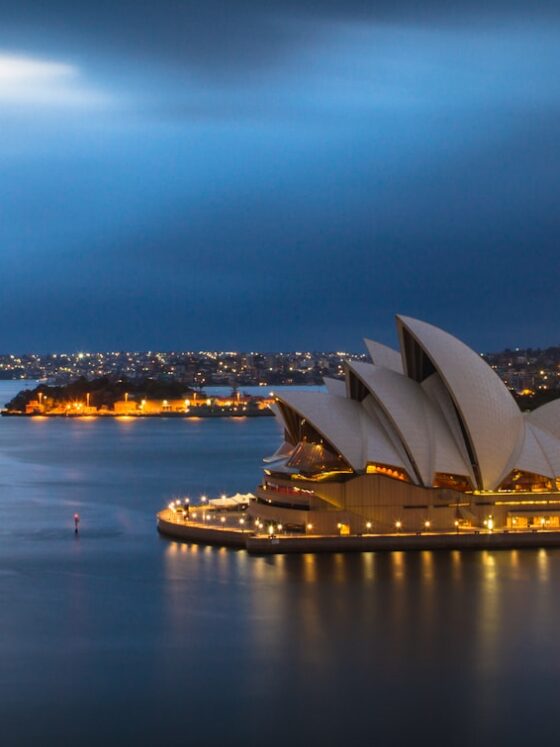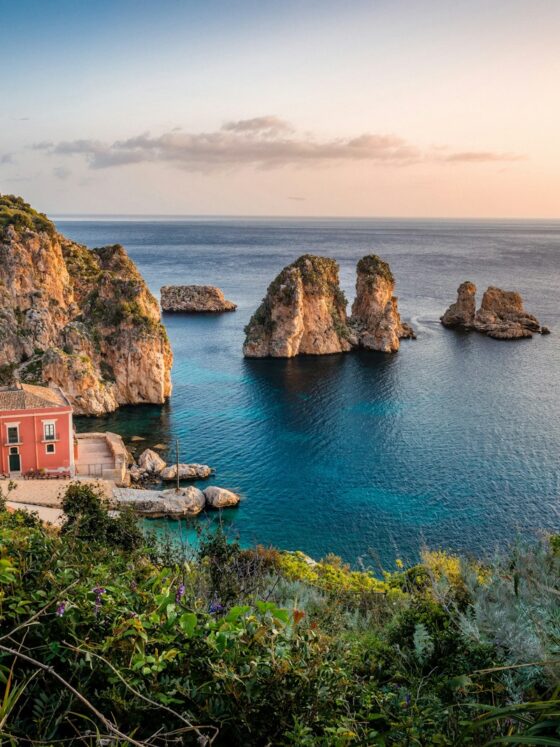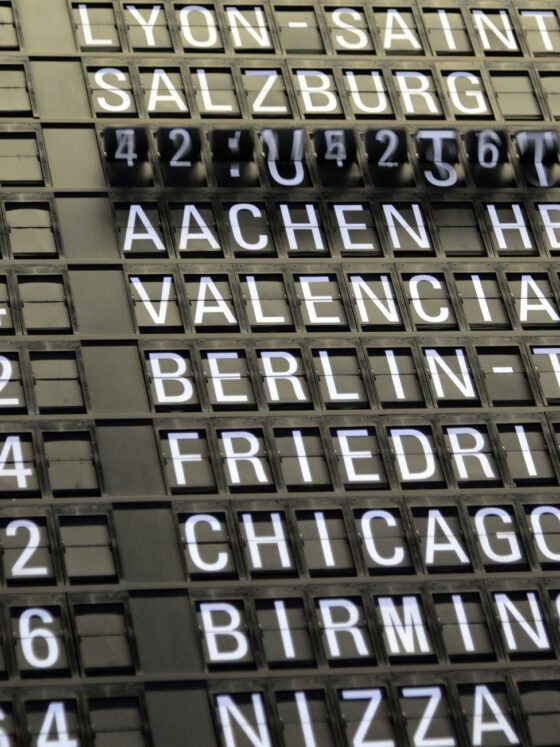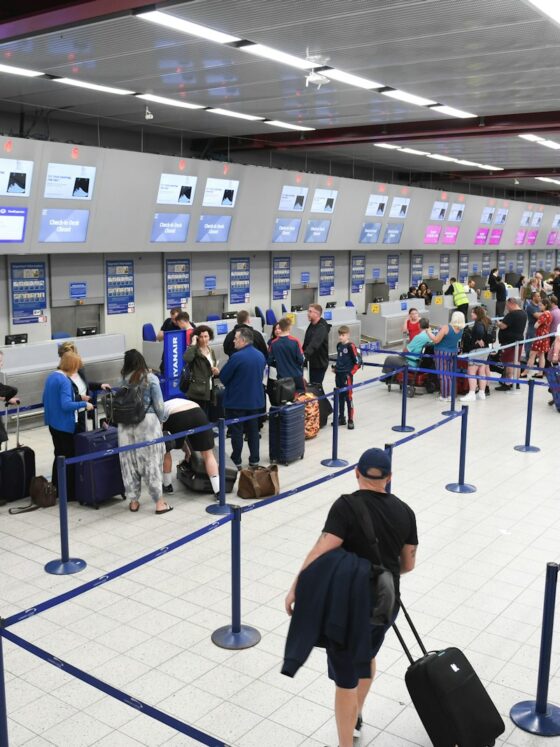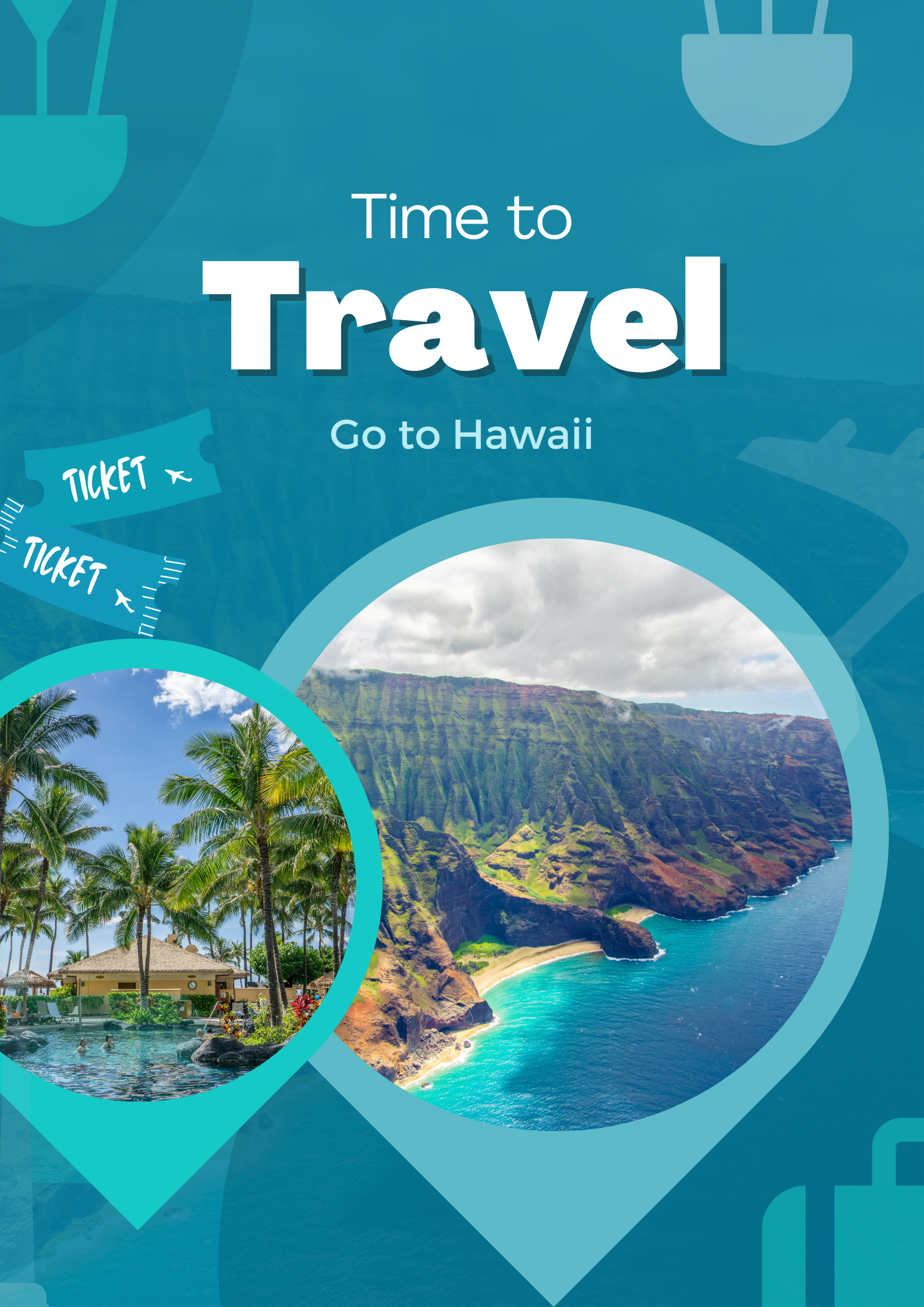There’s something irresistibly intriguing about the places we can’t go. Humans are natural explorers, so when someone says, “Sorry, no entry,” our curiosity doubles. From nuclear disaster zones to secret societies, forbidden places hold an air of mystery that makes them even more alluring.
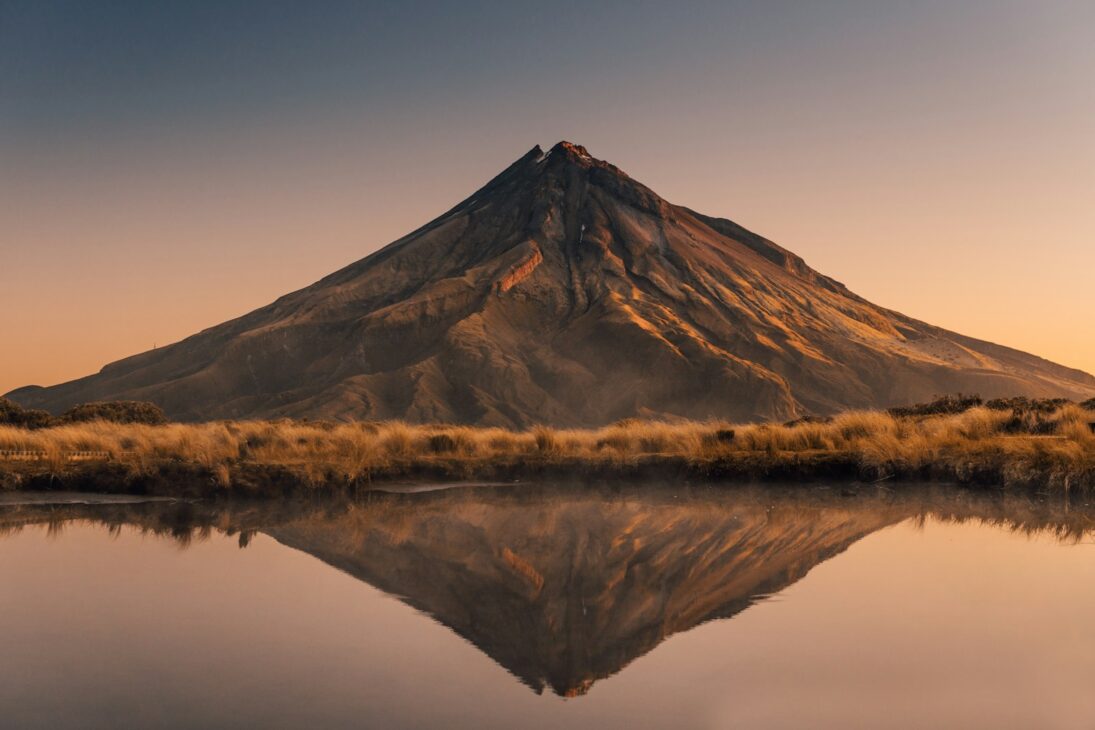
While some are too dangerous to visit, others are protected for scientific or cultural reasons. Either way, they spark the imagination and remind us that not everything on Earth is open for tourism. Here are seven of the world’s most fascinating forbidden places that continue to captivate travellers, researchers, and storytellers alike.
1. Chornobyl Exclusion Zone, Ukraine
The Chornobyl disaster of April 1986 remains the worst nuclear accident in history. When reactor No. 4 exploded during a late-night test, it released radioactive particles into the atmosphere for nine days straight. After the disaster, authorities created a 19-mile exclusion zone that swallowed up entire towns and forests where radiation still lingers at dangerous levels. While tightly regulated tours have been permitted since 2011, much of the zone remains sealed off. The abandoned city of Pripyat—with its rusting Ferris wheel and deserted schools—stands frozen in time, a chilling reminder of human error and its lasting scars.
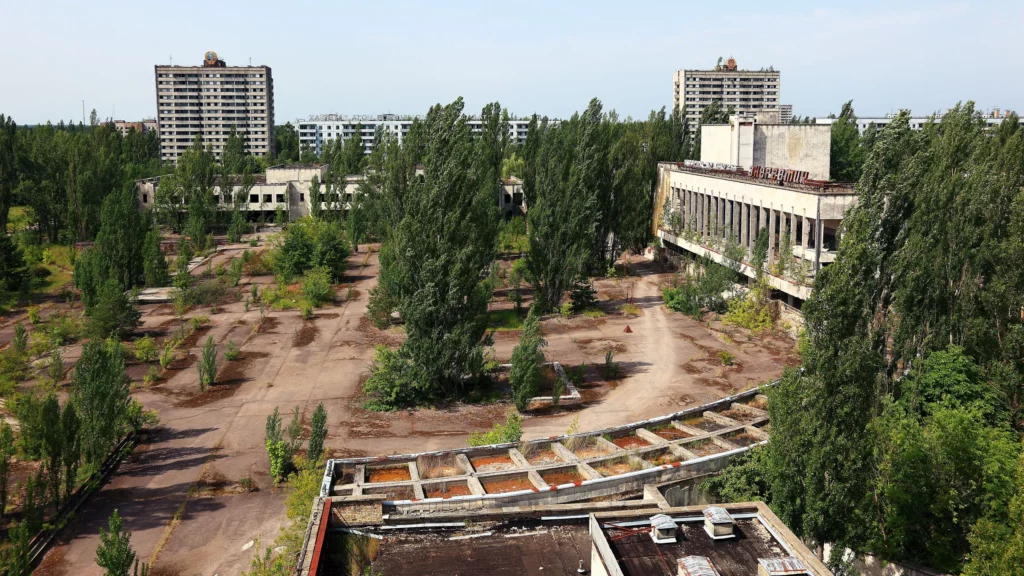
2. Surtsey, Iceland
Born from fire and water, Surtsey is one of the youngest islands on Earth. It appeared suddenly in 1963 when a volcanic eruption pushed land out of the North Atlantic. For four years, lava flows and ash built the island, only for the waves to erode it back down to just half a square mile.
Today, Surtsey is off-limits to tourists. Scientists alone are permitted to study how ecosystems naturally develop without human interference, the closest you can get is a visitor centre on nearby Heimaey, where you can watch the island from a distance.
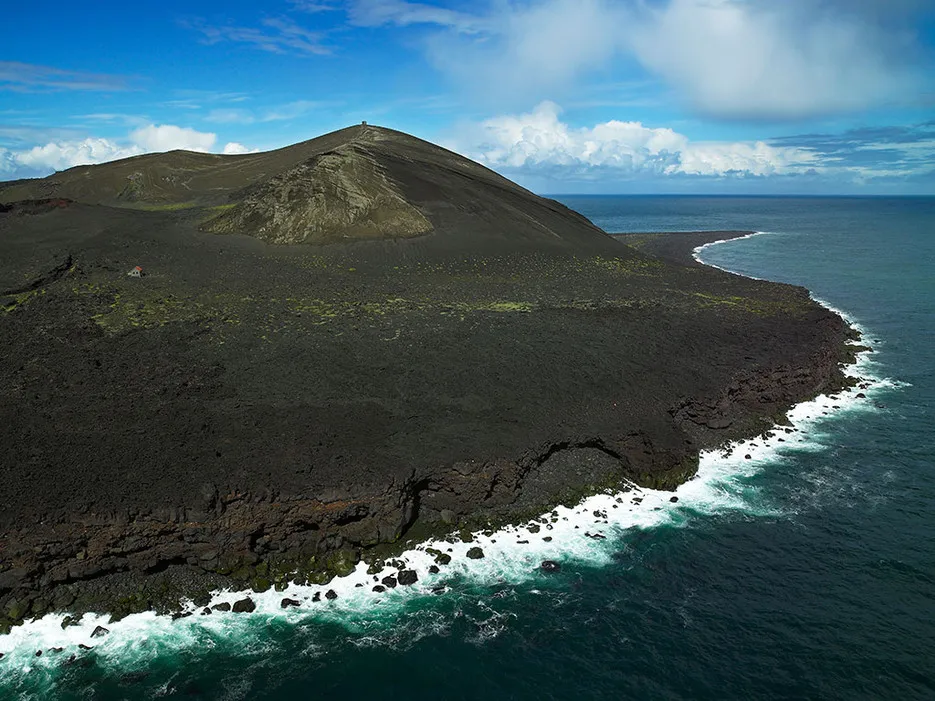
3. Area 51, Nevada
Few places are as synonymous with secrecy as Area 51. Hidden in Nevada’s desert, this U.S. Air Force base has fuelled UFO rumours for decades. Officially, it was purchased in 1955 to test spy planes like the Lockheed U-2. Unofficially? Well, conspiracy theories range from alien autopsies to captured spacecraft.
The U.S. government didn’t even acknowledge Area 51’s existence until 2013, which only deepened its legend. You can drive along the “Extraterrestrial Highway” nearby, but the heavily guarded perimeter is strictly off-limits. In 2019, a satirical “Storm Area 51” Facebook event drew millions of interested users, though only a handful showed up in person.
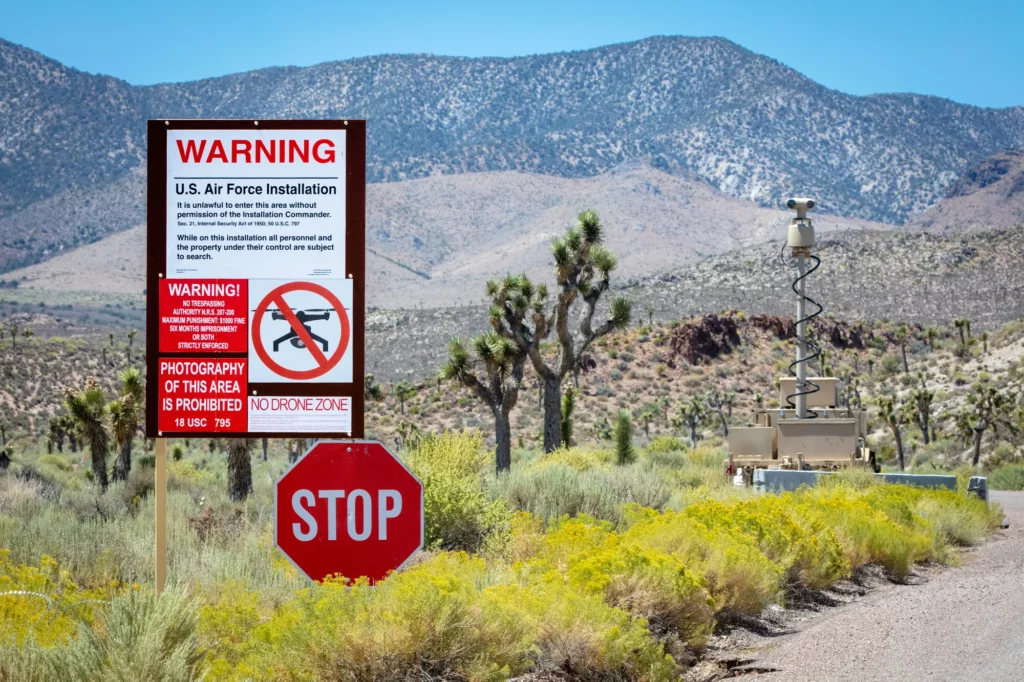
4. North Sentinel Island, Bay of Bengal
Deep in the Andaman archipelago lies North Sentinel Island, home to the Sentinelese tribe—one of the last uncontacted peoples on Earth. The tribe has lived in isolation for thousands of years and fiercely rejects outside contact. Indian law prohibits any approach within five nautical miles of the island to protect both the tribe and outsiders.
Attempts to visit have ended in tragedy. In 2006, two fishermen were killed after drifting too close. In 2018, an American missionary was killed while attempting to make contact. North Sentinel remains one of the few truly forbidden places where modern civilisation has no access.
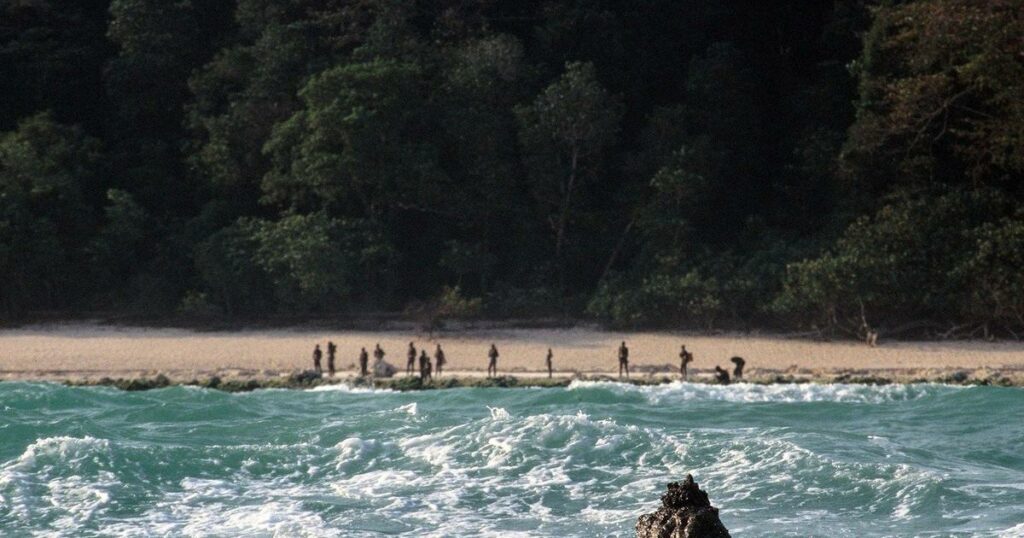
5. Bohemian Grove, California
Tucked into a redwood forest in Sonoma County is Bohemian Grove, a private campground owned by the Bohemian Club of San Francisco. Founded in 1872 by artists and journalists, it later evolved into an exclusive retreat for businessmen, politicians, and world leaders.
Every July, a two-week encampment takes place with tightly guarded rituals and gatherings. No women are allowed, and outsiders are strictly prohibited. Despite endless rumours of secret deals and bizarre ceremonies, the Grove remains shrouded in secrecy.
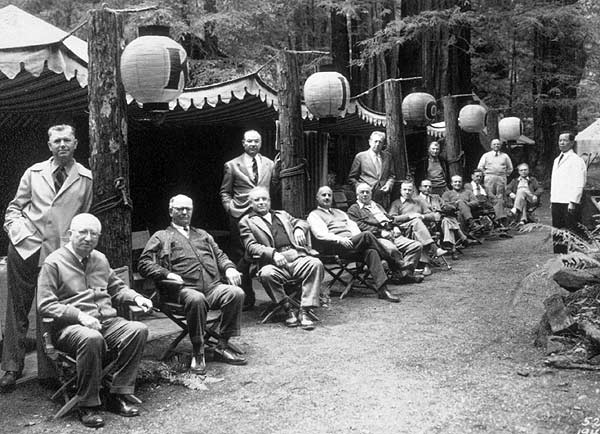
6. Lascaux Caves, France
In 1940, a teenager chasing his dog stumbled upon the Lascaux caves in southwest France. Inside, he found one of the most breathtaking collections of prehistoric art in the world—murals dating back 17,000 years. They depict animals like aurochs, stags, and horses, offering a glimpse into early human creativity.
By the 1950s, however, thousands of daily visitors were causing damage to the fragile paintings. The caves closed in 1963 to preserve the art, and today only replicas are open to the public. The originals remain sealed, protected from mould and humidity.

7. North Brother Island, New York City
Hidden in plain sight between the Bronx and Rikers Island lies North Brother Island, a ghostly remnant of New York’s past. Once home to Riverside Hospital, it served as a quarantine site for smallpox, tuberculosis, and other deadly diseases.
The island’s most infamous resident was “Typhoid Mary,” who was forcibly quarantined there after spreading typhoid fever. Abandoned since the 1960s, the island has since become a bird sanctuary. Closed to the public, it remains one of New York’s most haunting and forbidden spaces.

The allure of forbidden places
From nuclear ruins to secret societies, forbidden places remind us of the tension between human curiosity and the boundaries set by safety, science, or tradition. They spark questions we may never fully answer: What secrets are locked away in Area 51? What would happen if North Sentinel Island were ever opened to outsiders?
For now, all we can do is peer from afar, dive into documentaries, or explore replicas. And maybe that’s the point—sometimes the mystery is what makes these places truly unforgettable.

